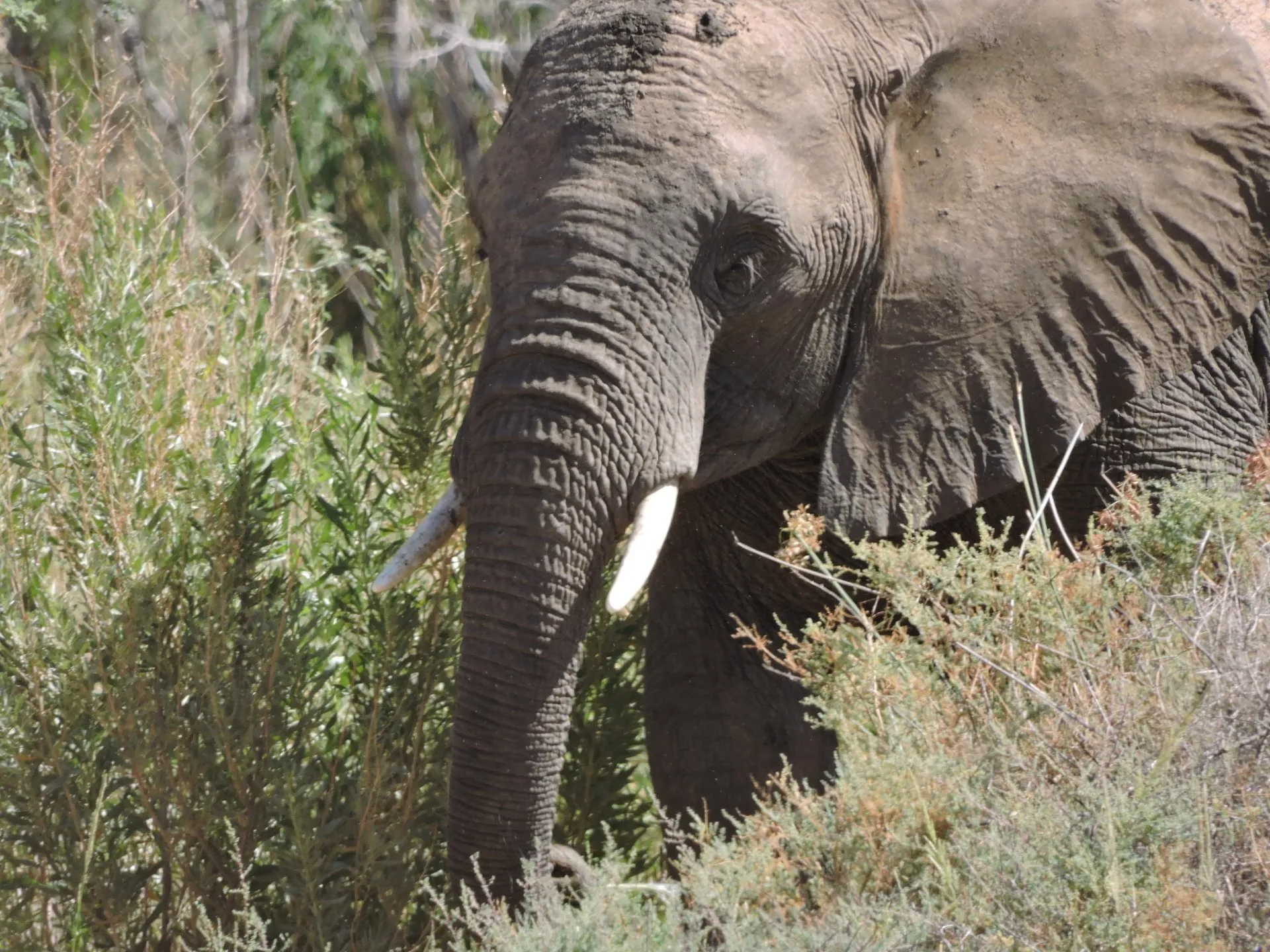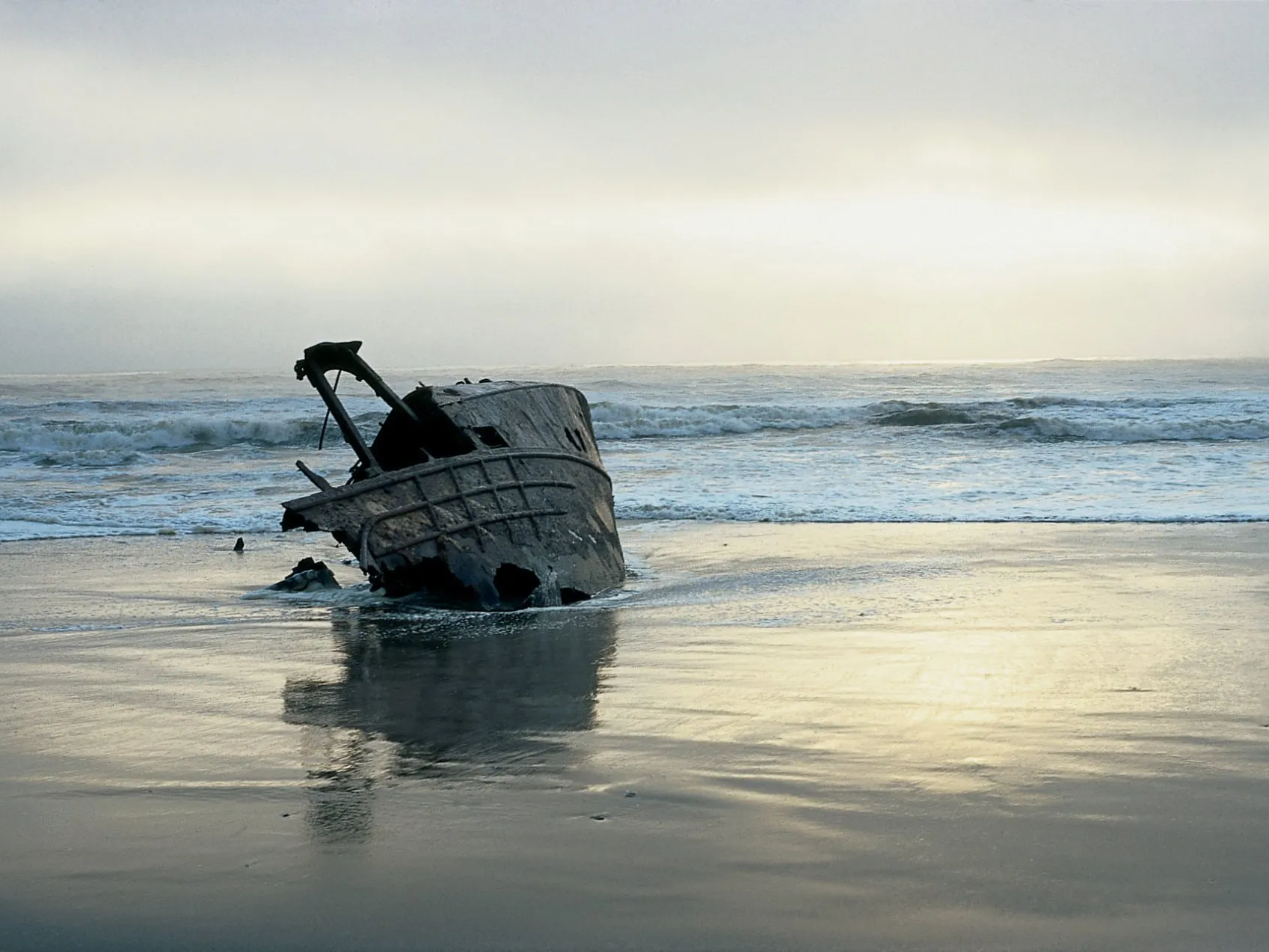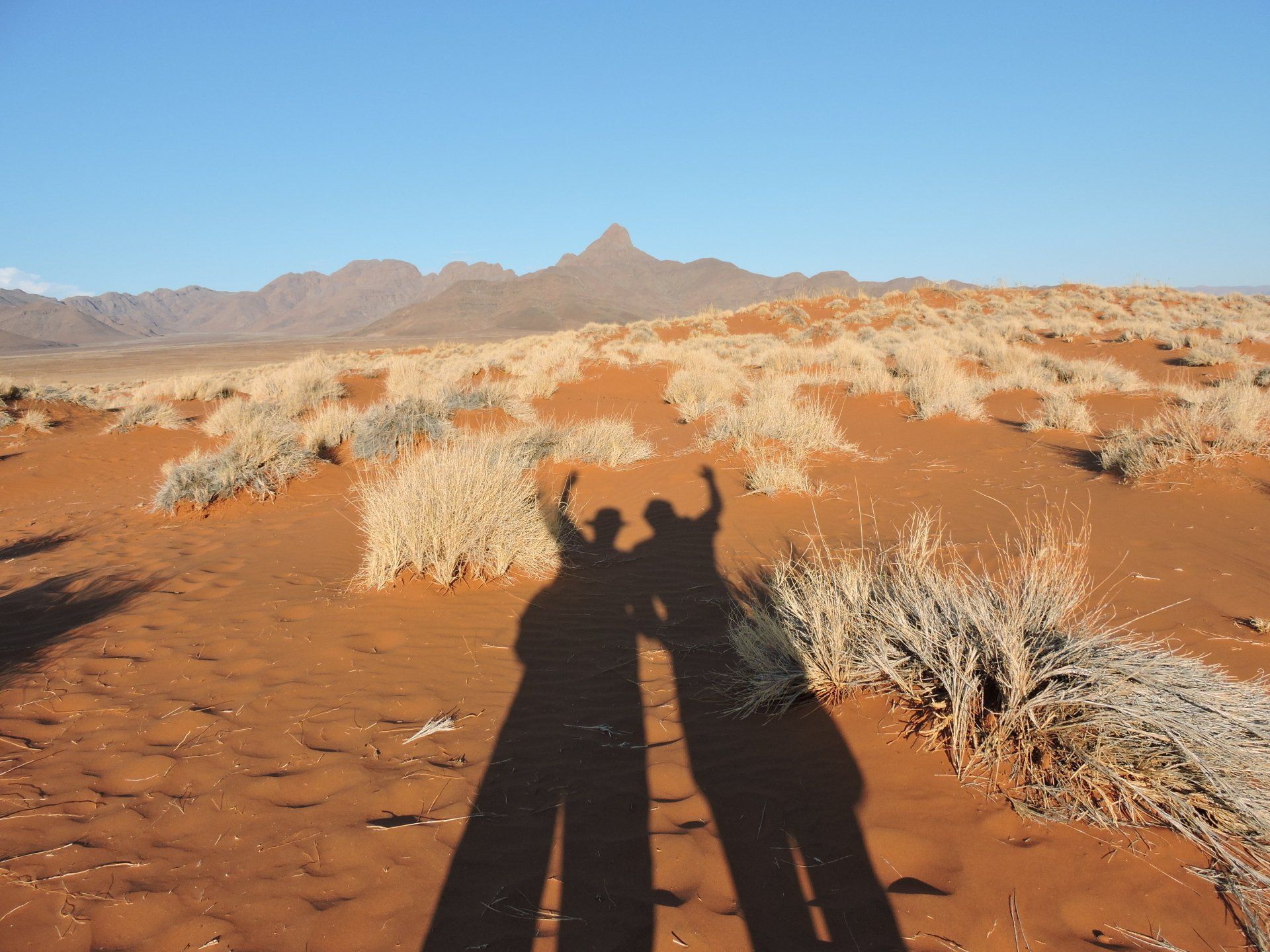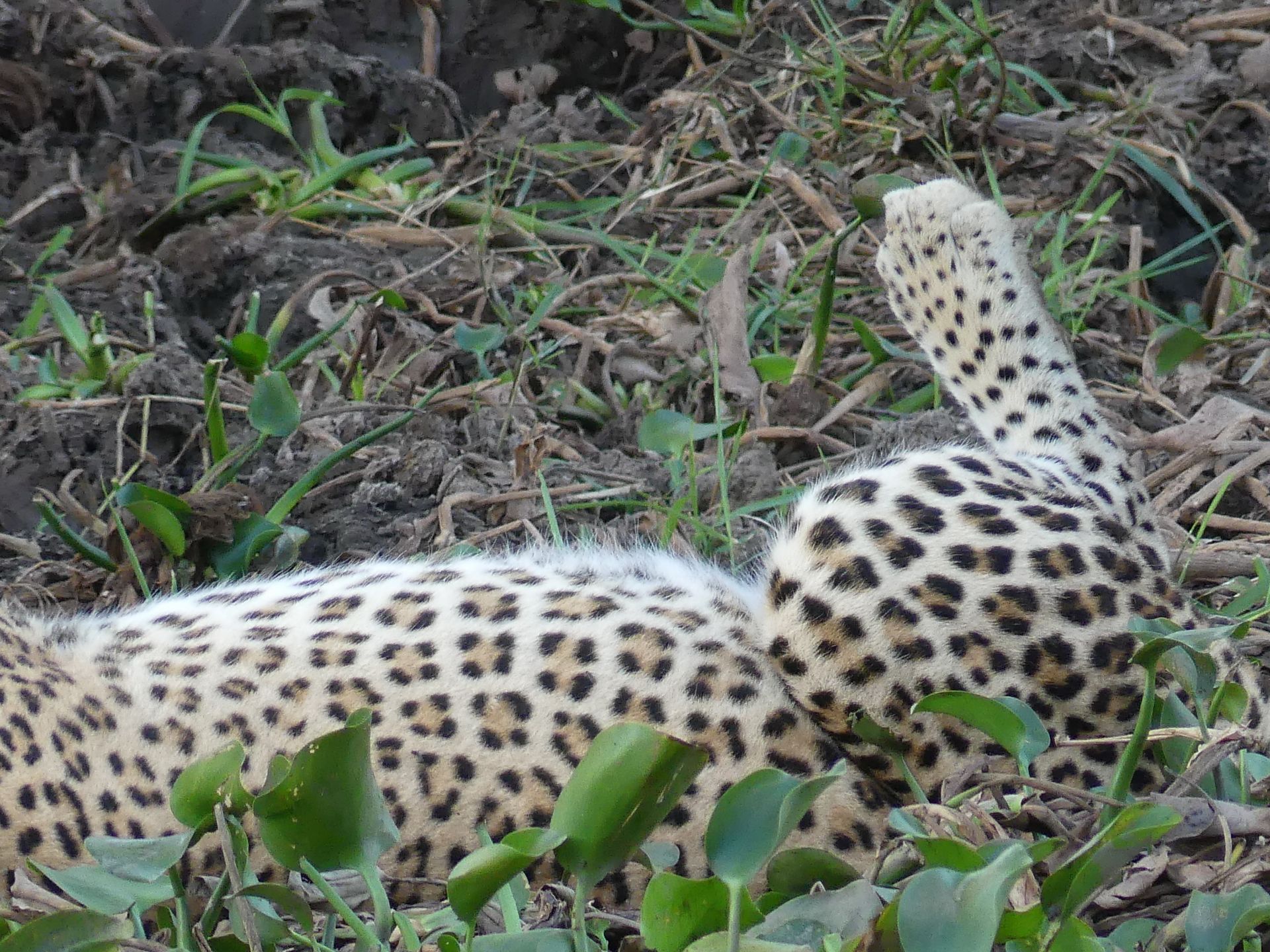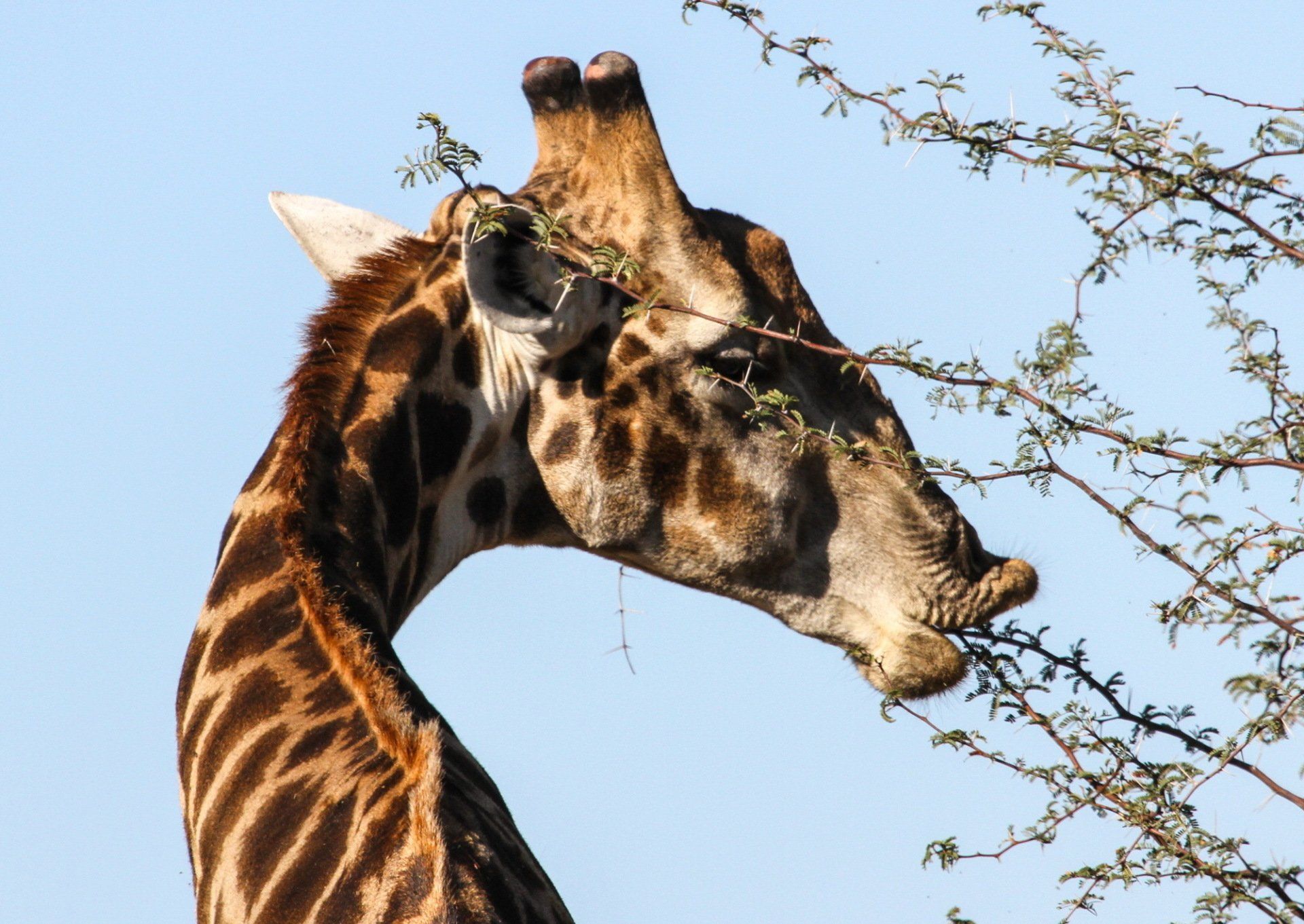Location, Landscape & Habitat
Sandwiched between two deserts – the Namib Desert, said to be the oldest in the world, on its western coastline and the Kalahari Desert in the eastern interior, Namibia features the Etosha National Park in the north, and the majestic Fish River Canyon in the south. Namibia covers over 820 000 square km (the size of France & Britain combined) of contrasting scenery. Many of the features of this country are of particular scientific interest and attract scientists from all over the world.
Namibia is the first country in the world to include protection of the environment and sustainable utilization of wildlife in its constitution. About 15,5% of the country has been set-aside as national parks. In these areas, rare and endangered species of animals, birds and plant life are preserved and protected. They serve as a living reminder to us all, and to the generations of the future, of how it once was in Africa.
Namibia offers the photographer – amateur or professional – light and scenery like nowhere else in the world. Namibia has rich ethnic diversity, perhaps most visible in the dramatic dress styles of groups such as the Herero and the Himba. This is also one of the last refuges of the San (Bushmen) who still practice their hunter/gatherer way of life in remote areas.
The magnificent and varied National Parks and game reserves, including the famed Etosha, are rich with wildlife and birdlife. While travelling in Etosha or the northern reaches of Damaraland one may see the magnificent desert elephants and lions which are specially adapted to this often harsh environment.
Etosha National Park
Consisting of over 22 000 km² of saline desert, savannah and woodlands, the Etosha National Park is one of the largest game reserves in Africa and one of the major sanctuaries for wildlife. Its definitive feature is the Etosha Pan, a vast shallow depression of about 5 000 km². This great, white expanse the locals call ’great place of dry water‘, often shimmers with mirages and herds of game can be seen within this eerie setting.
There are 144 mammal species in the park, including elephant, giraffe, blue wildebeest and black rhino, predators such as lion, cheetah, leopard, wildcat, hyena and jackal.
The black rhino population of 300 is one of the few growing populations in the world and the local elephant are reputed to be the largest in Africa -the tallest standing at 4m at the shoulder. Their tusks however are relatively small due to genetic defects and mineral deficiencies in their diet.
The majestic eland, the tiny, shy Damara dik-dik (45cm high) and the striking Oryx (gemsbok), with its dramatic black and white markings are common. Bird life is prolific and some 340 species have been identified, including Namibia’s national bird, the vividly coloured crimson-breasted shrike. During the rainier seasons Etosha is also one of the most important breeding grounds for flamingos.
Etosha is also known for its expert game management and attentive protection of the unspoiled environment.
Swakopmund
A true oasis and respite from the solemn desert and its monotonous heat. A seaside holiday resort full of old-world charm and modern amenities, from the quaint German colonial influences to funky café’s.
The tranquil setting includes promenades, palm trees and beautifully tended public gardens, the Swakopmund museum (covering natural history, mineralogy, botany, historical and ethnological aspects), the National Marine & Research Center, an aquarium, a public library, and a grassed golf course in a desert setting.
This ‘middle of the desert’ feel is one of its attractions – one can enjoy the wild expanse of the adjacent desert and sea and yet have the creature comforts of Swakopmund’s hotels, restaurants, bars and much-needed laundries!
There is plenty to see and do and activities include quad-biking, sand boarding, rock & surf fishing and skydiving. There is also a tannery, manufacturing well-known kudu leather shoes, and a brewery producing fine beers in the German tradition.
Namib-Naukluft National Park
The Namib-Naukluft National Park is an incredibly unusual and diverse ‘super-conservation’ area. There is nothing quite like it. It’s probably the most unusual in the world– an ancient land with an ageless spirit.
It covers almost 50 000 km² and is ranked as the 4th largest in the world (the largest nature conservation area in Namibia) with landscapes including an impressive mountain massif, desert plains, high sand dunes, deep gorges and an estuarine lagoon.
The atmosphere can suddenly shift with the weather or time of day, as light, textures and shadows give desert landscapes entirely new characters. Survivors in this harsh landscape include the Oryx, springbok and zebra as well as the Welwitschia mirabilis, an odd-looking desert plant. One large, protected specimen is estimated at 1500 years old.
Sossusvlei Dunes
The visual spectacular in the Sossusvlei area is unsurpassed. Amongst the continuous towering dunes as far as the eye can see is arguably the highlight of the Namib Desert – the Sossusvlei, an enormous clay-pan, surrounded by dunes. After a heavy rainfall, rare in this area, the vlei fills with water and, as the clay layers are virtually impermeable to water, a turquoise lake remains for quite some time.
The dunes and their rich tints vary from pale apricot to vivid reds and oranges, and contrast vividly with the dazzling white surfaces of the claypans, or lakes, below. During the rainy season one of the larger of these pans creates a haven for water birds, often including flamingos. Even during the dry season, Oryx, springbok and ostriches can be seen feeding off the sparse vegetation along the water courses.
The dunes of the Namib Desert developed over a period of many millions of years and are shaped by strong-multi-directional winds. It is thought that the vast quantities of sand were carried into the Atlantic Ocean by the Orange River. The surf pushed the sand back onto land and coastal dunes formed. Dunes have subsequently shifted inland and northwards. Wind continuously re-stacks the sand of the huge shifting dunes of the Namib Desert. It tirelessly forces the grains of sand on the flat windward slope upwards to the crest of the dune. Here they fall down in the wind shade. The leeward slope, therefore, is always considerably steeper than the windward side.
Sesriem Canyon
Erosion over many centuries has incised a narrow gorge through which the Tsauchab River disappears dramatically down a steep gorge in the plain. This gorge, Sesriem Canyon, is approx. 1 km long with pools along the way and a 30-40 m pool at its end. These pools of water, in an otherwise arid region attract many birds and animals.
